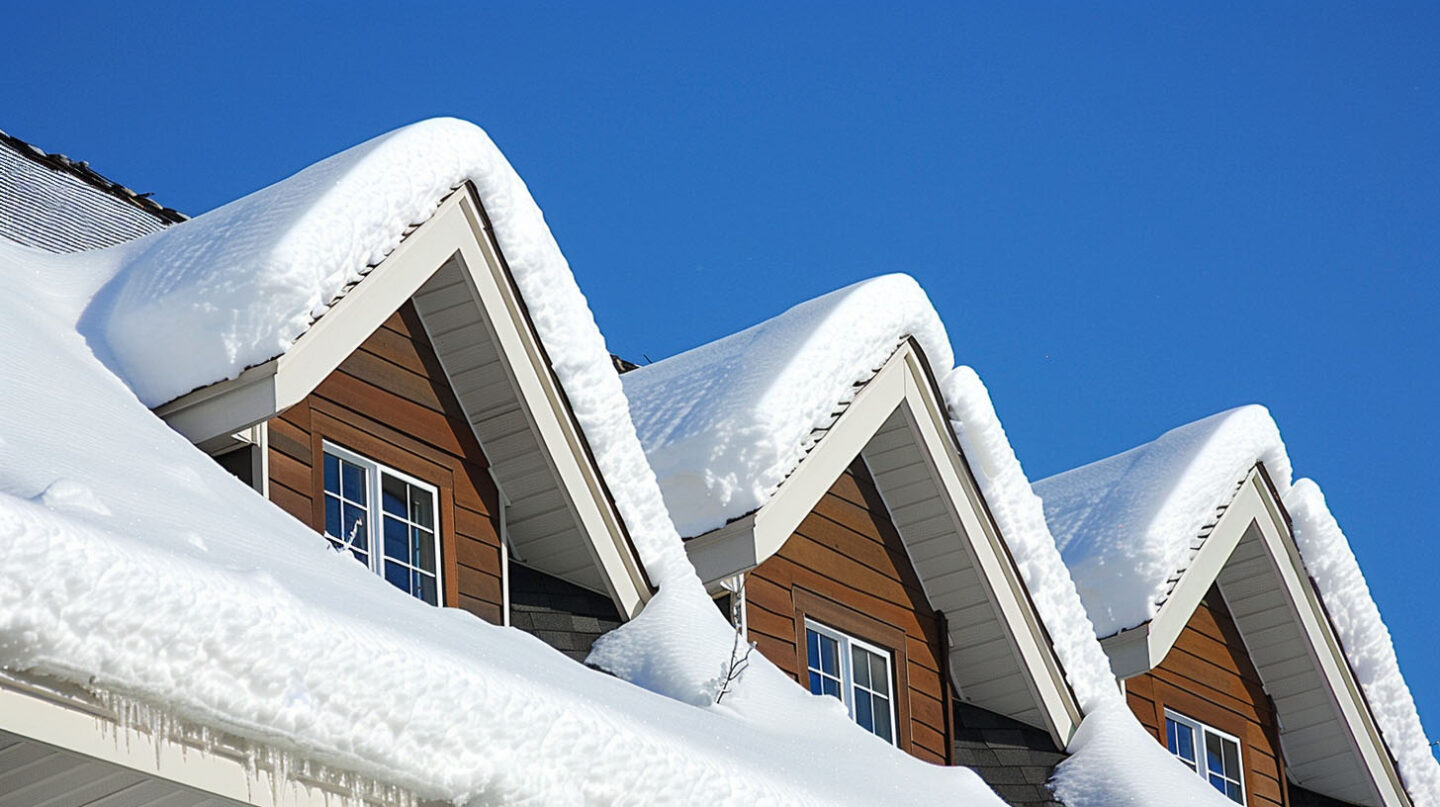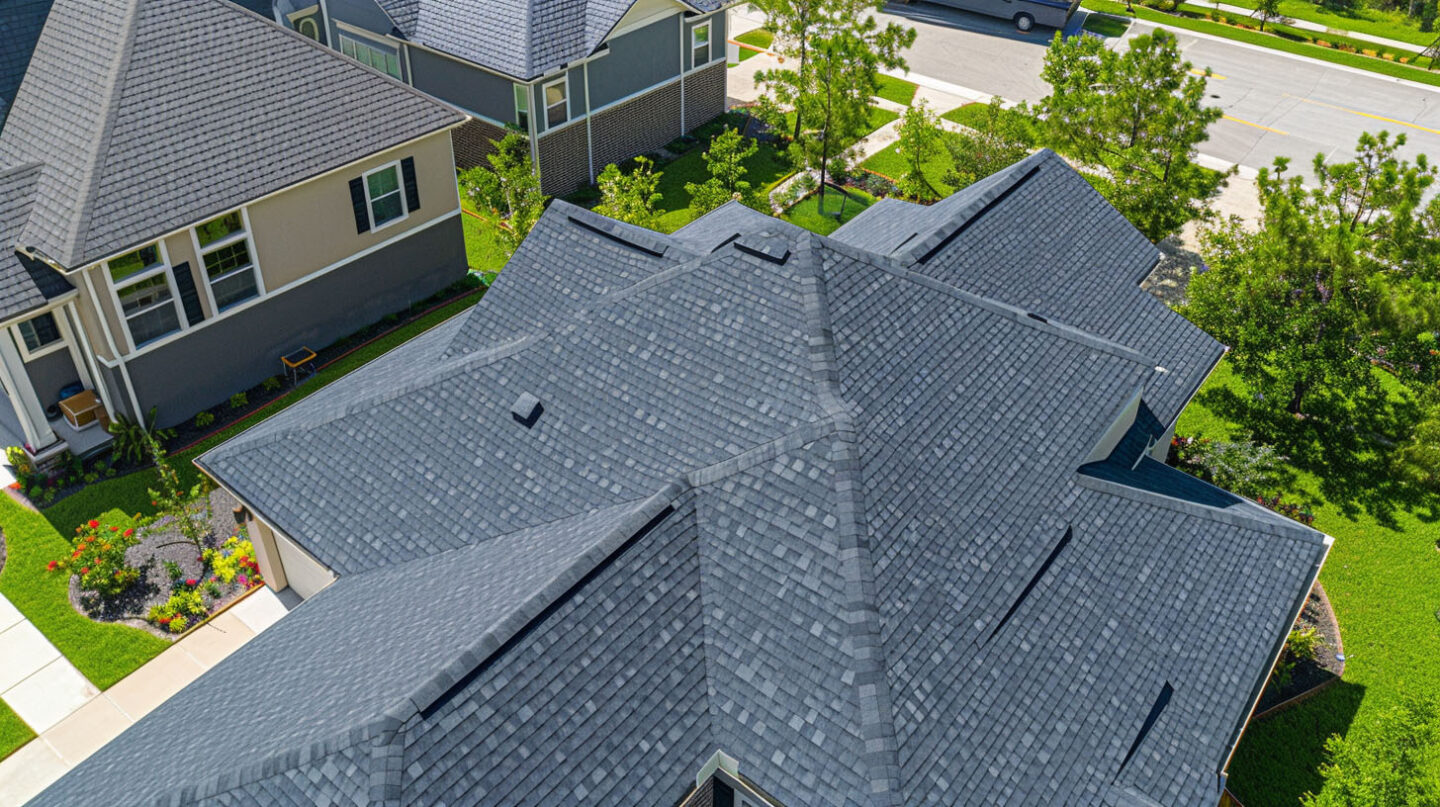As a homeowner in Clayton, NC, you know that protecting your home is a top priority. After storm damage, you might be surprised to learn that your standard insurance policy won’t cover everything. Local building codes change, and an older roof may need significant upgrades to meet today’s safety standards. This is where code-upgrade coverage, also known as ordinance and law coverage, becomes essential. At The Shingle Master, we believe in “Protecting What Matters,” and that includes your financial well-being. Let’s explore what this coverage means for your roof.
Understanding Code-Upgrade Coverage (Ordinance & Law)
Understanding the nuances of code-upgrade coverage is vital for homeowners, especially when navigating the complexities of roofing insurance claims. This coverage comes into play when local regulations mandate that any roof repairs or replacements meet current building standards. Insurers often require documentation to demonstrate compliance with these latest building codes, which could substantially impact your property insurance policy. Without this crucial endorsement, unexpected costs arising from necessary upgrades to meet the updated codes can significantly affect your financial planning.
What Is Code-Upgrade Coverage and Why Does It Matter?
Code-upgrade coverage ensures that any repairs or replacements to roofs comply with current building codes, which may differ from those at the time of original construction. This coverage is crucial for homeowners as it helps mitigate unexpected costs during renovations or after damages.
How Building Codes Impact Roof Repairs and Replacements
Compliance with current building standards is crucial when addressing roof repairs and replacements. These regulations dictate the necessary materials and construction methods, ensuring safety and durability. Homeowners often face delays and additional costs if upgrades are mandated during restoration work, particularly in older homes. Insurance companies typically assess claims based on whether current codes apply to the damage. Navigating the complexities of code upgrades can make a significant difference in the financial outcome, influencing everything from deductible amounts to coverage limits.

When Code-Upgrade Coverage Becomes Essential
This type of protection is especially vital for owners of older homes. The longer it has been since your house was built or your roof was last replaced, the greater the chance that local building codes have changed significantly. A standard homeowners insurance policy might leave you with a substantial bill.
Even in newer homes, damages from severe weather can trigger the need for upgrades. States with stringent regulations, like California law requiring fire-resistant materials, show how quickly codes can adapt to new risks. Let’s look at some common situations where this coverage is a must-have.
Common Scenarios That Trigger Ordinance & Law Claims
Certain situations frequently lead to ordinance and law claims concerning roofs. Upgrades necessitated by a change in local regulations often arise after severe weather events, such as hurricanes or floods. These incidents may compel homeowners to replace roofing systems that no longer comply with current building standards. Additionally, older homes undergoing renovations might uncover unexpected violations of the latest codes, pushing homeowners to secure code-upgrade coverage to address these discrepancies effectively, ensuring compliance with contemporary building requirements.
Examples of Code-Related Roof Upgrades After Storm Damage
Storm damage can lead to various code-related roof upgrades, ensuring compliance with current building standards. For instance, replacing a damaged roof may require using materials that meet new building codes, like impact-resistant shingles, especially in hurricane-prone areas. Additionally, any roofing renovations might necessitate the installation of updated ventilation systems that adhere to local regulations. Homeowners may face unexpected costs for these upgrades, emphasizing the importance of understanding code-upgrade coverage as part of their property insurance policy.
How Code-Upgrade Coverage Affects Insurance Claims
Navigating the Claims Process With and Without This Coverage
Understanding the claims process can be complex, especially when dealing with building code upgrade coverage. Homeowners should communicate clearly with their insurance agents, detailing the specifics of their property insurance policy. This is crucial for determining coverage limits and verifying any endorsements related to code upgrades.
Without this coverage, homeowners may face unexpected costs when replacing roofs or other elements to meet current building standards, as insurers may not cover repairs that exceed basic policy terms. Thorough documentation can aid in navigating these scenarios effectively.

What’s Next
Understanding the significance of code-upgrade coverage is crucial for homeowners seeking protection against potential unexpected costs associated with roofing repairs and replacements. This type of insurance endorsement not only addresses current building standards but also ensures compliance with local regulations. As new building codes emerge, having robust coverage can mitigate the financial burden from renovations and upgrades. Engaging with an insurance agent to clarify your property insurance policy can pave the way for informed decisions, safeguarding your investment against future uncertainties.
Frequently Asked Questions
What does code upgrade mean in insurance?
Code upgrade in insurance refers to coverage that helps homeowners meet current building codes during repairs or renovations. This type of coverage is crucial, as it ensures compliance with updated regulations, potentially preventing additional costs and complications during the claims process.
What does insurance homeowners insurance with coding upgrade mean?
Homeowners insurance with code upgrade coverage protects against costs associated with bringing repairs or replacements up to current building codes. This provision ensures that if your roof requires updates due to new regulations, your policy will cover the additional expenses beyond standard replacement costs.
Read our blog: Townhome Roofs: Owner vs Association Responsibilities


